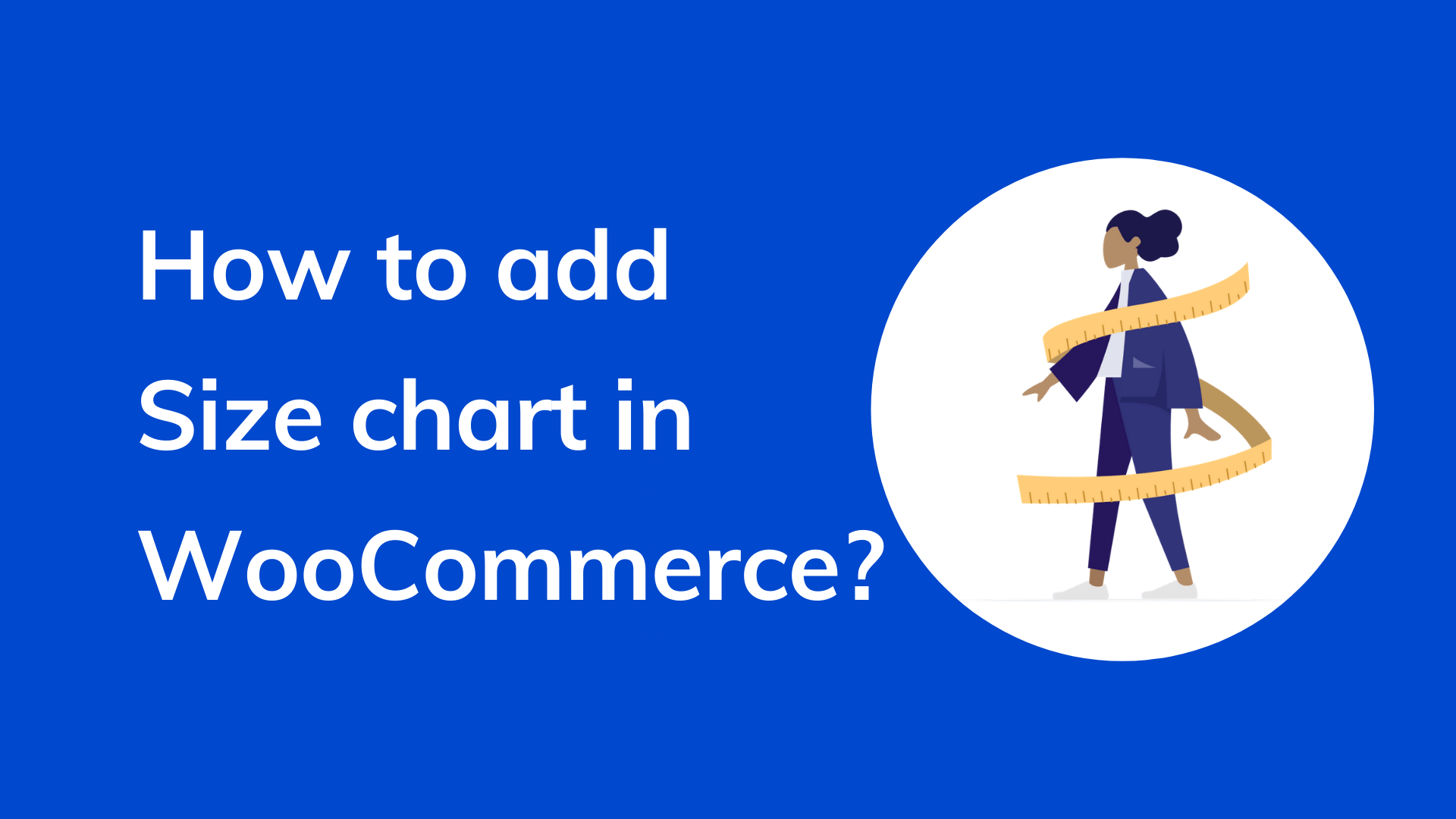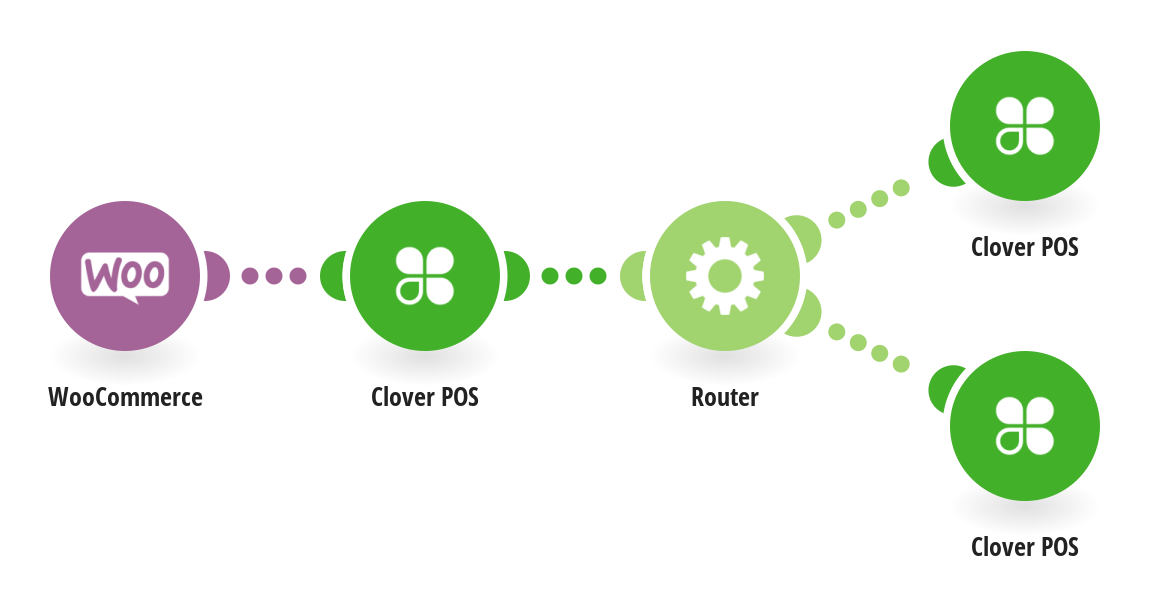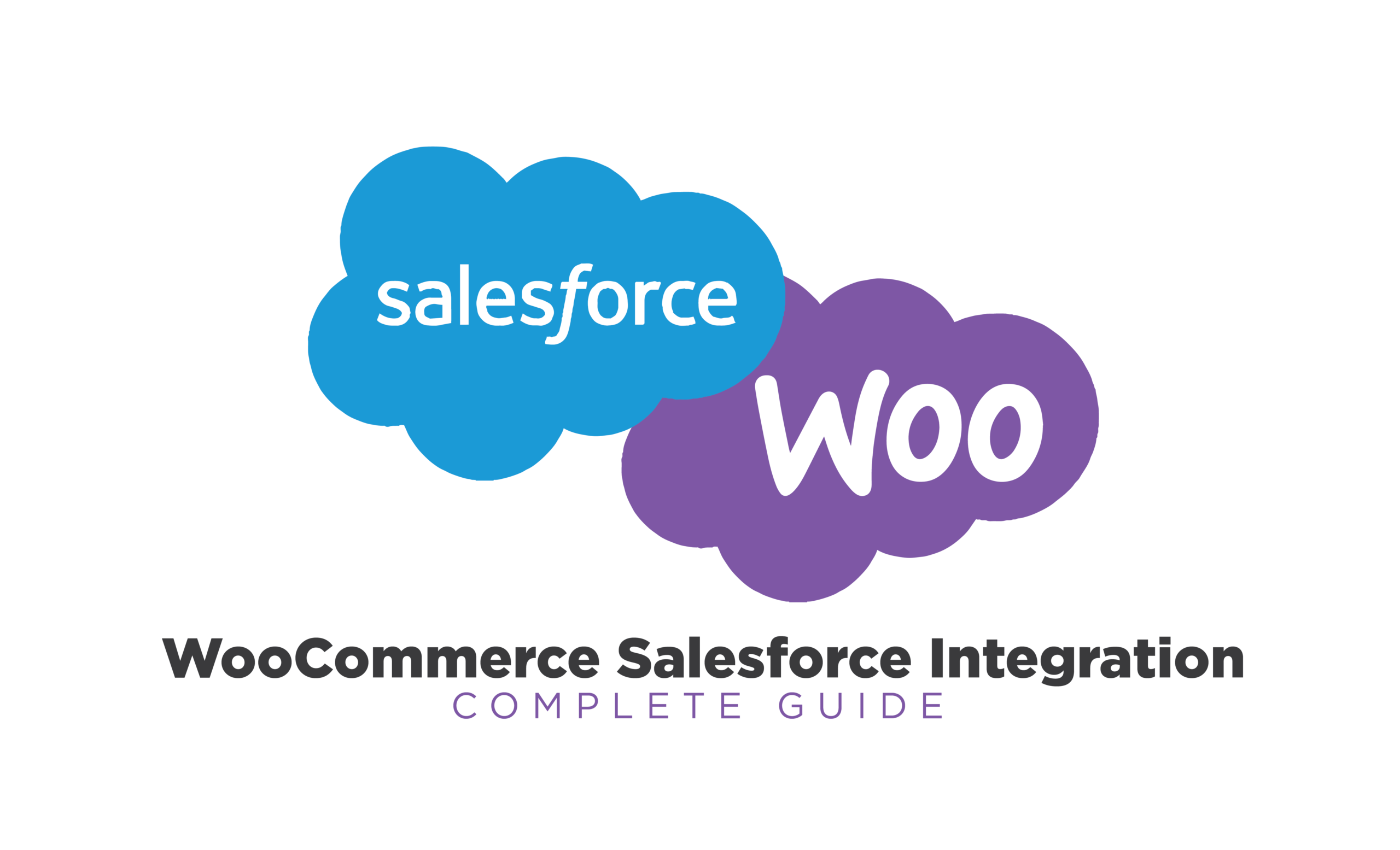It’s not easy to get a customer. When you do, you’ll hope that it’ll be the beginning of a prosperous relationship that will last for years. Alas, that’s not always the case. If you’ve accepted the payment online via a CNP (card not present) transaction, then there’s a possibility that you’ll have to return the cash. This is because of a thing called chargebacks, which is an anti-fraud and pro-customer measure that allows people to claim back money against merchants.
In this blog, we’re going to run through everything you need to know about chargebacks, including what they are, how they can harm your business, and what you can do to prevent the number of chargebacks that your business receives.
What is a Chargeback?
Chargebacks exist to provide customers with an extra level of protection against fraud. If a customer suspects that they’ve been the victim of a fraudulent transaction, they can request a chargeback, which, if successful, will take the money from the merchant’s account and return it to the customer.
It’s normally up to the merchant to prove that the chargeback was legitimate. If the bank rules in favour of the customer, then the chargeback will be successful. As well as the purchase amount, merchants may also have to pay a fee to the bank as a penalty. However, that depends on which bank is processing the chargeback.
How Can They Harm Your Business?
Chargebacks are bad news for your company. They can take a lot and bring nothing of value -- in other words; you’ll want no part of them. The primary way that they harm your business is by eating into your profits. You’ll hope that every sale will put money in your bank account, but with chargebacks around, that’s not always the case. Plus, finding them can be time-consuming and expensive.
If you receive too many chargebacks, then you will also risk having your merchant account closed. There’s no hard and fast rule for how many chargebacks you need for this to happen, but it’s generally in the region of 1% of your transactions. More broadly, if you experience many chargebacks, then that could indicate a large problem with credibility.
Two Types of Chargebacks
There’s more than one type of chargeback. There are two. Below, we’ll run through the details of both.
True Fraud
True fraud is just what it sounds like -- pure, unquestionably fraud. An example of this would be if a criminal used a stolen credit card to make a purchase. When the person who owns the card sees the charge, they contact their bank or credit card company, who initiate the chargeback. This is a legitimate claim and an example of why chargebacks were introduced in the first place.
Friendly Fraud
It’s relatively easy to initiate a chargeback. And this prompts some people to make a chargeback claim even though it is not merited (. They may have received the product and then initiated a chargeback. This is the eCommerce version of shoplifting. While they’ll have originally paid for the item, the chargeback gives their money back, yet they keep the item. This is illegal.
Friendly fraud can also be merited. For example, a customer may request a chargeback if they’ve tried to get in contact with the company to resolve an issue yet were unable to do so. Other reasons include a delay in shipping/the item arriving, slow refund, or if the customer was unable to return the item because of (what the customer perceives as) an overly harsh returns policy. There’s no shortage of reasons why a customer may not decide that they deserve their money back!
What Can Be Done To Prevent Chargebacks?
The good news is that while chargebacks are problematic, you’re not in an entirely defenceless position. There’s not all that much you can do after a chargeback has been requested, but there are things you can do that’ll prevent them from happening in the first place. It’s all about taking a proactive approach to ensure that your customers have no reason to request a chargeback. We’ll outline some of the most effective methods below.
Get On Board With PCI Compliance
You’ll receive fewer chargeback requests if you’re processing your customer’s credit card information correctly. The aim should be to make it as difficult as possible for fraudsters to use a stolen card on your site. One way to do this is to get up to date with PCI compliance. There are many benefits to doing so, with one of the main being that you’ll have some robust anti-fraud measures that will prevent unauthorised transactions.
Conduct Fraud Scanning
There are additional anti-fraud measures you can take, too. For example, you could use anti-fraud software such as Maxmind or Fraudlabspro on your website. This will help to bolster your network’s fraud detection capabilities. They’ll help to automatically block any transactions that seem suspicious.
Customer Checks
Your software won’t pick up everything. As a merchant, you’ll have a good sense of what is a normal order and which is a bit unusual. For example, if someone is ordering a lot of one item, or making multiple purchases within a short period of time, then that’ll be a red flag. Having orders delivered to an address that’s different from the billing address may also arouse suspicion. While there may be a legitimate reason for these things to happen, it can be a good idea to check. Calling or emailing the customer to confirm that the order is real may prevent problems further down the line!
Allow Customers to Contact You
It’s best to give customers the chance to work out any problems with you rather than run the risk of a chargeback request. In most cases, this is something that the customer will want to do. But if they have no way of contacting you, then the chargeback may be their only option. Simply listing your contact information clearly on your website will ensure that they always have the option to contact you first.
Provide Refunds
Not everyone will be happy with the products that you send them. And when that happens, they may ask to return the product and get their money back. While this isn’t ideal from a business perspective, it’s important that they’re able to do so. If they’re unable to return items, then they may request a chargeback -- and the merchant would be unlikely to be successful with their appeal because the customer can claim that the goods were defective/not what they expected/and so on.
Confirmation Emails
It’s best to catch fraudulent activity as early as possible. This will make it easier to stay on top of your finances, for starters, but also help ensure that you don’t ship out the items that have been bought via fraud. A simple way to do this is to send confirmation emails as soon as a customer makes a purchase. If they didn’t make the purchase, then they’ll get in touch. Send another email once the item has been shipped, clearly labelling the postage address.
Credit Card Statement Clarity
Your customer might love your products, but if they don’t recognise your name on their credit card bill, then you may face issues. That’s why it’s important to provide an obvious name for your credit card statement. Don’t use the legal name of your company if it’s different from your branding. Just use the branding name. That way, people that made a purchase with your company will always know that it’s you they’ve paid!
Check Out In-Built Fraud Detection Systems
Your payment platform may also have in-built fraud detection systems, especially if you’re using a big one, such as WooCommerce. They may need a little configuration or require you to activate an add-on.
Customer Service
Great customer service can bring so many benefits to a company. If your customers like your company, then they'll be much more willing to work out any disputes with you directly, rather than just issuing a chargeback. It’s normally when a person doesn’t like a company that they’re happier to proceed with a chargeback.
Let Customers Know Upfront
Your customers should know ahead of time what they’re signing up for when they use your business. If there’s an expiry date on refunds, or you don’t allow some items to be returned, then tell them. You should also work on making your returns process as easy as possible. Ultimately, it’s all about making the returns option more appealing than lodging a chargeback request. Free shipping for returns isn’t ideal, but it’s better than facing the consequences of a chargeback! Plus, it builds credibility with your customers.
Final Thoughts
Chargebacks are broadly positive, but they can pose problems for merchants. While you will never be able to prevent criminals from trying to defraud your business, there are things you can do that’ll reduce their chances of being successful. Take the tips that we’ve outlined above, and you’ll find that chargebacks are a matter that you only rarely have to deal with.





